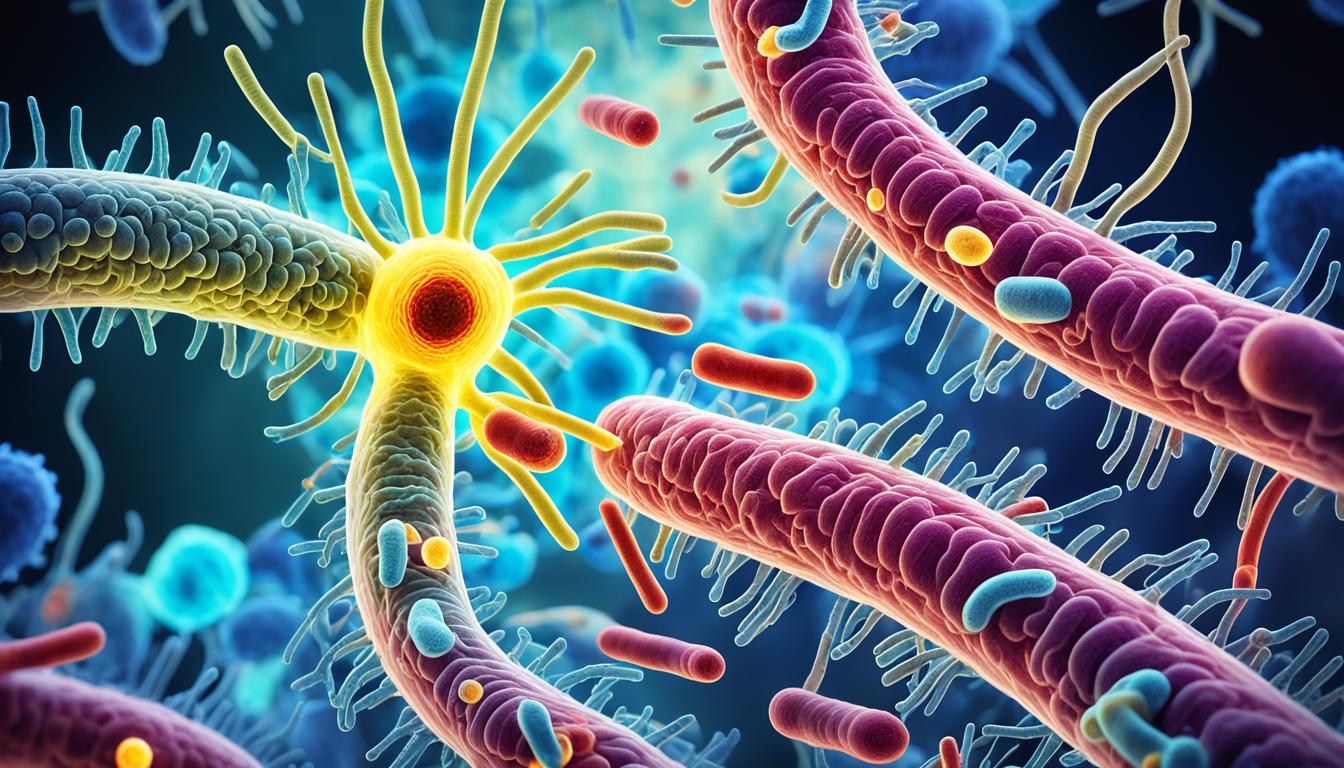Clostridium difficile infection is a type of hospital-acquired diarrhea. In the U.S., it affects 15% to 25% of people. If you’ve had a stem-cell transplant, your CDI risk is higher, between 6% to 18%. This infection often happens because the balance in your gut changes. This can result from using certain cancer drugs or taking antibiotics for a long time. Symptoms of CDI are diarrhea, stomach pain, fever, and not feeling hungry.
Doctors can confirm CDI by testing for toxins or using a special kind of DNA test. The main treatment aim is to get rid of CDI. Medicine like oral vancomycin and fidaxomicin is usually the first choice. If CDI keeps coming back, doctors may use these medicines for a longer time. Adding a drug called bezlotoxumab might help lower the chances of it returning in some patients. For some, taking oral vancomycin before they get antibiotics could help prevent CDI. When dealing with CDI in transplant patients, the approach should be tailored to their specific health needs.
Key Takeaways
- Clostridium difficile infection is a common type of nosocomial diarrhea.
- Patients undergoing hematopoietic stem-cell transplant (HSCT) are at higher risk for CDI.
- CDI is caused by the disruption of gastrointestinal mucosa and altered microbiota.
- Common symptoms of CDI include diarrhea, abdominal pain, fever, and loss of appetite.
- Diagnosis of CDI can be confirmed through toxin testing and nucleic acid amplification tests.
Impact of CDI on HSCT Outcomes and GI-GVHD
Allogeneic hematopoietic cell transplantation (HSCT) is key for those with blood cancer. But getting a Clostridium difficile infection (CDI) during HSCT affects outcomes. It can lead to serious problems like gastrointestinal GVHD (GI-GVHD).
Research links CDI to bad outcomes post-HSCT. Patients with CDI often have more acute GVHD and GI-GVHD. This stresses the importance of fighting CDI in HSCT patients to better their chances.
Treating CDI in HSCT starts with metronidazole, vancomycin, or both. Yet, metronidazole might not always work, needing vancomycin instead. This decision is crucial for patient health.
Vancomycin or fidaxomicin for CDI matters a lot. They affect not just beating CDI but also GI-GVHD risks post-HSCT. Choosing the right treatment influences overall health after the transplant.
Preventing CDI is also key. Giving oral vancomycin before HSCT can stop CDI. This step can improve outcomes greatly.
Using clear, non-invasive CDI treatments can change how we care for HSCT patients. These methods can refine CDI care, benefiting patients.
Impact of CDI on HSCT Outcomes
| Outcome | Incidence in CDI Patients | Incidence in Non-CDI Patients |
|---|---|---|
| Acute GVHD | Higher | Lower |
| GI-GVHD | Higher | Lower |
| Overall Survival | Reduced | Improved |
CDI significantly affects HSCT outcomes. People with CDI face more GVHD issues, and their survival rates drop. This shows how serious CDI can be for HSCT patients.
In the end, CDI greatly impacts HSCT outcomes, especially when it comes to GVHD. Swift, effective CDI management is key in facing HSCT challenges. Careful choices in CDI treatment and prevention are critical for patient recovery.
Conclusion
Clostridium difficile infection (CDI) often happens after allogeneic hematopoietic cell transplantation (HSCT). It’s vital to spot and treat CDI early to help HSCT patients have better results. For CDI, medicines like oral vancomycin and fidaxomicin are usually the first choices. These drugs are good at clearing up CDI.
CDI can worsen outcomes in HSCT, leading to more graft-versus-host disease (GVHD) and gut GVHD (GI-GVHD). The type of CDI treatment, like using vancomycin or fidaxomicin, can change how likely GI-GVHD is and the patients’ overall life after HSCT. Taking medicines like oral vancomycin ahead of time could help in HSCT patients who also get other antibiotics.
Changing how we treat CDI without using drugs can make care better for HSCT patients. Following the latest research and setting up clear treatment plans can make CDI management more effective. This, in turn, might improve HSCT patients’ chances of recovery.

